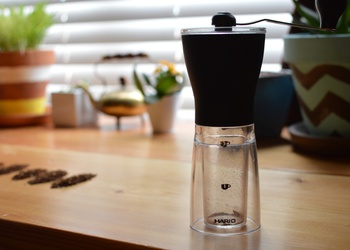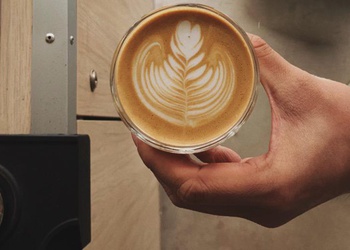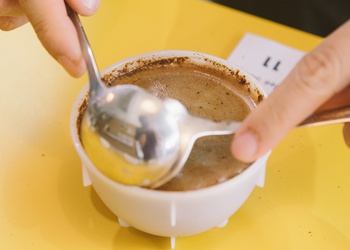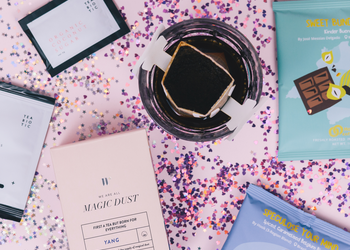THEHOOKBLOG
Coffee Fuelled Thoughts, Stories and Ideas
The Number One Tip to Great Latte Art
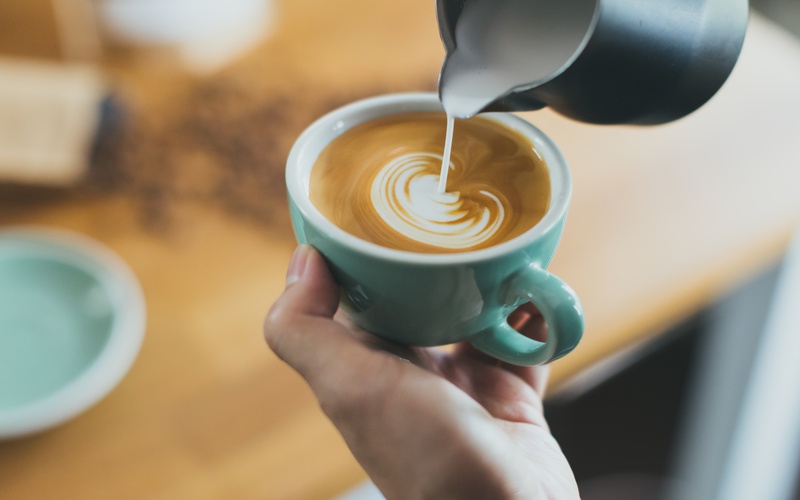
If you’re a coffee connoisseur and you regularly frequent coffee shops there’s a decent chance you’ve encountered latte art. Those beautiful artwork steaming at the top of your fresh latte don’t get there by accident.
It takes a steady hand, a lot of practice, and some solid milk to make the beautiful art you see online. Anyone can do it… so long as they understand the basics and have the means to practice. We can’t offer you the latter, but we can give you a couple important tricks that will help with the former. Hopefully, this article will give you better insight into latte art and give you a key secret for you to start pouring some beautiful rosettas for yourself.
The Number One Tip to Great Latte Art
Making good latte art isn’t easy. It takes time, patience, and a whole lot of practice. While these things are critical to consistent success, there’s another key ingredient that many beginners often disregard. One thing that is, in some ways, the most important aspect of all.
That often-overlooked tip to great latte art?
It’s milk.
Now some of you might be scratching your head at the statement. Surely there are other more important things to consider when making latte art than… milk? Right?
Wrong (kind of).
If espresso is the canvas for latte art, then milk is the paint. You can’t make very good art without quality paint. Remember, latte art is the method or craft in which one pours steamed milk into an espresso to create images or patterns on top of the prepared drink. It is the milk that creates and forms the images you see.Therefore, it only makes sense and is extremely vital to make sure your milk is just right for the pour.
There are several ways to do so, but for now, let’s focus on how to steam the milk.
First, we look at what happens if you add too much heat while steaming. Too much heat and you start to degrade the milk, as the proteins and fats start to break down due to excessive heat. Think of it as overcooking. If you’re too rigorous and add too much steam, your milk is going to appear “splotchy” and “puffy” when you pour it. With too much steam, your “paint” because a frothy mess that lacks the concrete borders and lines necessary for a well-defined picture.
Too little steam and you have the opposite problem. Your milk becomes too thin, too water-like unable to catch and lay on top of the expresso. When the milk is under-steamed, it isn’t thick enough to rest upon the drink. Your attempts to create lines will simply fan out in small squiggly lines, dissipating into the dark drink beneath.
Both these undesirable outcomes can be mitigated with the proper amount of steam. When steamed correctly, the milk should be thick enough to lay on top of the drink, but light enough to keep its shape and not foam across the top of the cup. It’s easier said than done.
There are two steps to getting the milk right - Aerating (baristas refer to this stage as “stretching”) followed by Emulsifying (aka “texturing”). The former is done by turning the steam on with the nozzle of steam wand just below the surface of the milk. This introduces air to the milk, thereby ‘aerating’ it to foam.
Texturing is where, after you have enough foam, drop the nozzle deeper into the milk so that you no longer hear the hissing noise. You want to ensure that your milk spins in one direction so that it incorporates uniformly. You’re texturing it to ensure that it stays smooth and there are no big bubbles on the surface.
After that, you’re aiming to stop once the temperature is right. To tell if it is done, the pitcher should be heated so that you wouldn’t leave your hand on it for more than a couple seconds. Again, it’s mostly guesswork. Unless, of course, you use a thermometer, which should read about 60-65 degrees Celsius.
Reusing the analogy from before, you want to think of your milk like paint. You want the consistency of the paint to be thick and wet so that you get a consistent color within a stroke. However, it shouldn’t be too wet and heavy that it tears through the paper. Same goes with the milk – it should be steamed so that it lays gently on top of the coffee with about half a centimeter to a centimeter of microbubbles and foam to form the “artwork”.
Second-most Important Tip
Always remember to adjust the height at which you pour your milk.
Changing the height of your pour, you can make a big stream or little stream. Generally, the closer you pour your milk into the cup, bigger the stream. Likewise, the further away you pour from the cup, the smaller the stream.
With proper milk and the ability to adjust the height of your pours according, you have the two commonly neglected essentials needed for quality latte art. Master these two tips and you’ll be on your way to being a grand latte artist!
Happy Practicing!

